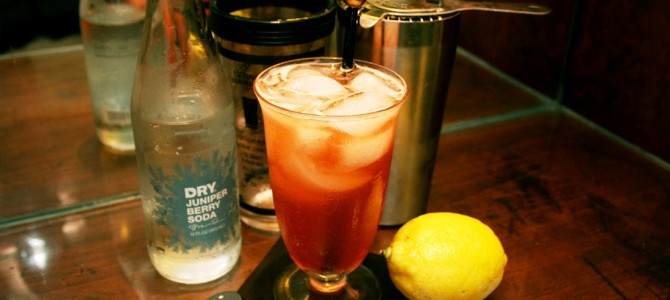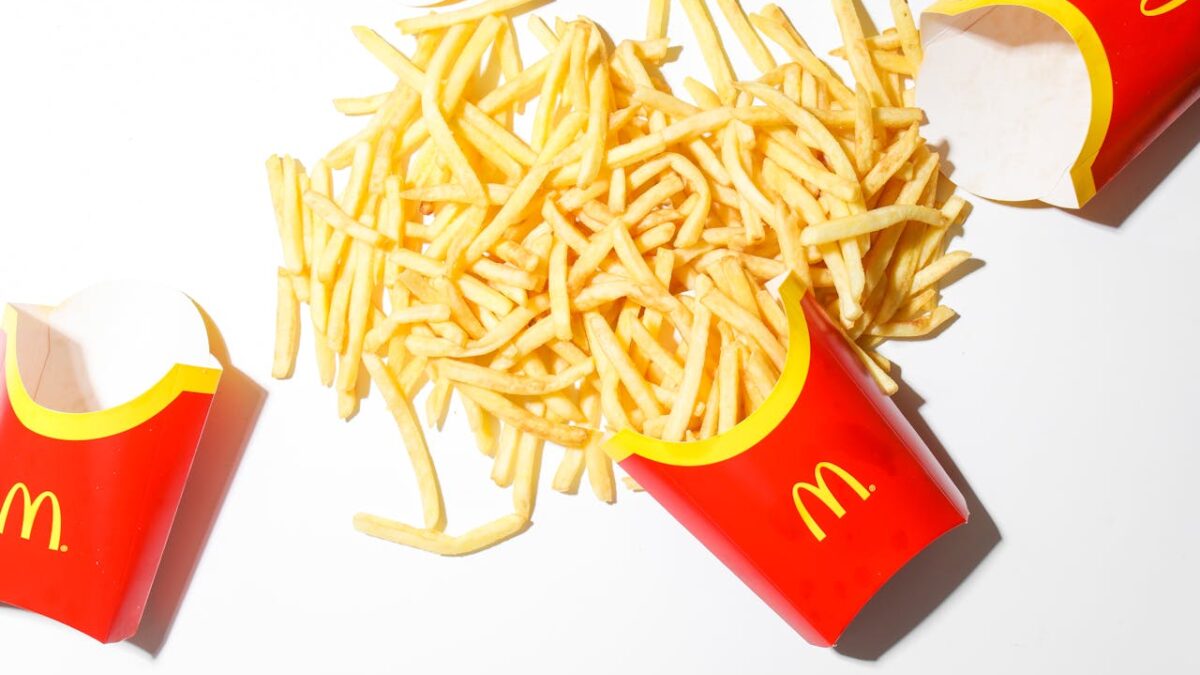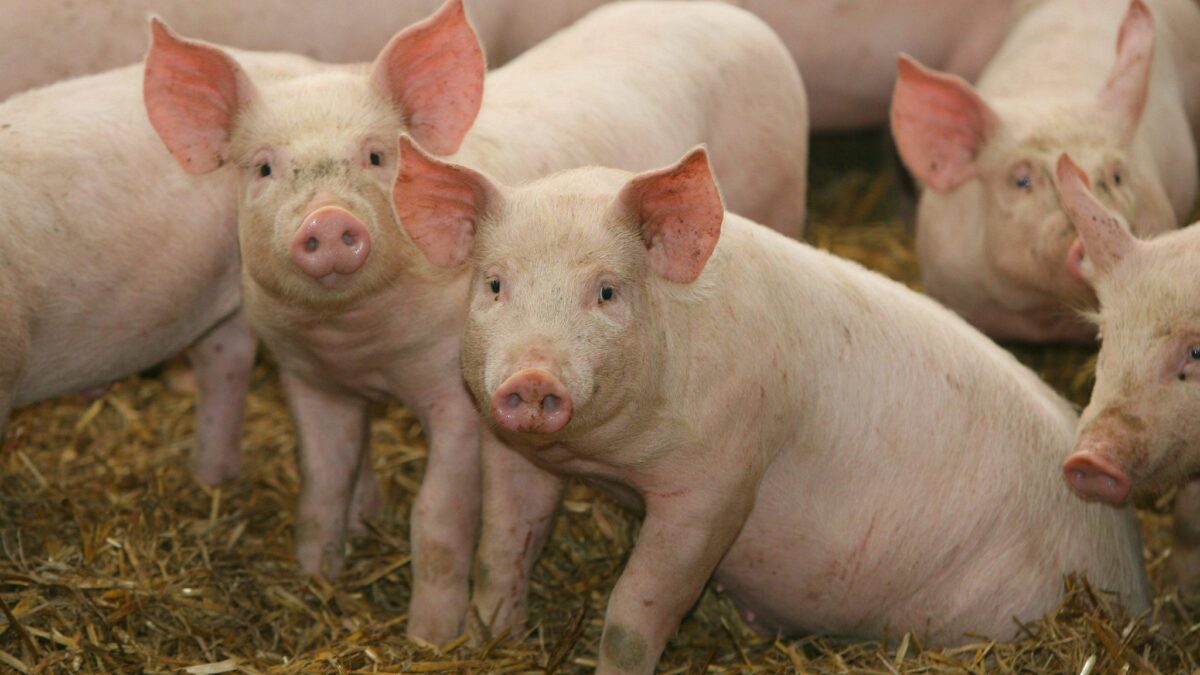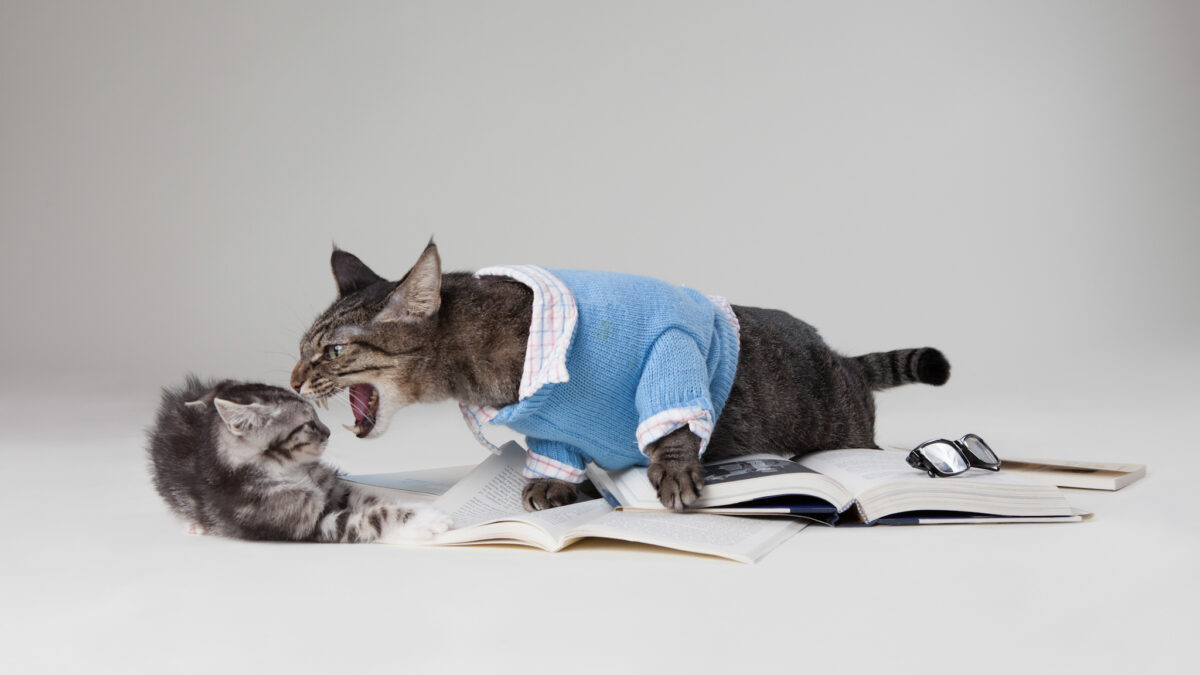You’d think a person would cease to be annoying, after they cease to be. To my regret, that is not always the case – even centuries removed. A particularly irritating historical personage is King Henry VIII of England. This ulcerative tyrant is mainly known for his many wives and his break with the Catholic Church over the issue of divorce. He remains a consequential figure in the public mind – subject of books, television shows, and movies.
I really hate him.
As something of a triumphalist for my own religion (shouldn’t we all be so?) his institution of the Church of England certainly peeves me. His incontinence in matters carnal and rough treatment of the women he took to be his lawfully wedded brood mares diminishes his stature yet further. His oppression of Catholics and paranoid political executions led to untold human suffering. In the case of the Dissolution of the Monasteries, he authorized nothing less than looting and thievery.
Thankfully, he died. As the centuries went on, some of the worst excesses of this possibly brain-damaged despot were remedied. The story of one particular monastery concerns us here today, as it provides not only a hopeful epilogue to Henry’s rapine but a tasty little drink besides.
Buckfast Abbey and the Abbot Vonier
In 1535, Henry’s commissioners began their review and reform of the monasteries of England, which were suspected to be corrupt. Whether this was true or not is subject to debate. In any case, the underlying motive was most likely to confiscate the wealth and rents belonging to the monasteries and redistribute them to the king and his loyal cronies. This they did with admirable thoroughness.
Buckfast Abbey had existed in one form or another since 1018. It had weathered the Normans, the Anarchy, the Black Death, and the Wars of the Roses. It couldn’t withstand Henry. In 1539 it was closed, and its valuables spirited off to the Tower of London. Its lands became property of the king, who was more than happy to sell it to some of the very same commissioners who had overseen the closure of the Abbey.
Stripped of valuables, the buildings fell into ruin, and by 1800 had been mostly cleared away. But in 1882, the property was listed for sale as “a grand acquisition which could be restored to its original purpose.” A Benedictine community purchased the property, and after 343 years they began to restore what Henry’s goons had destroyed.
They saw to the work themselves, uncovering the original foundations and rebuilding atop them as they were able. It was under the leadership of the Abbot Anscar Vonier that rebuilding of the Abbey church began.
Vonier was elected abbot in 1906 after surviving a shipwreck that claimed the life of his predecessor. He was a scholar and theologian of international renown between the war years, but is today remembered for his work at Buckfast. The beautiful church on the monastery grounds was built over the course of his thirty-two year reign as abbot.
The monks – usually four, but never more than six at a time – were able to make steady progress, actually performing the construction themselves without modern equipment or any semblance of safety gear. Miraculously, nobody died.
By December of 1938 the church was nearly finished, but so was Abbot Vonier. Weak and ill from a cold he’d picked up on a lecture tour, he returned to the Abbey. The builders quickly finished the remaining construction and removed the scaffolding so that he could view the completed church upon his arrival. Three weeks later Vonier was dead, having finished a decades-long project to set right the damage done by a grasping, tyrannical king. Ad majorem Dei gloriam, of course…
I’d say undoing even a small part of the legacy of Henry Tudor is worthy of commemoration. Thankfully we have just the thing.
The Vonier
This is an original cocktail recipe sent to me by a reader who just happens to be an American relation of the good Abbot. In order to make it properly you will need a few things that may require patience and diligence to acquire, though not nearly so much as was required to rebuild Buckfast.
Barrel-aged gin is on the rise in the craft spirits world. As is oft the case, it’s a rediscovery rather than a pure innovation. Small batch distillers have been playing with it for years, but now even the big names like Beefeater are getting into the trend.
Gin’s production is not so exacting as bourbon or scotch, and so its makers have a degree of freedom to experiment. When aged in barrels the gin is less juniper-forward and takes on characteristics of whiskey, so much so that some heathens actually use it in a Manhattan. Kinky. As with whiskey, the peculiarities of barrel-aging mean one gin will taste remarkably different from another.
The other crucial ingredient is a mixer. DRY Soda Co. is a line of lower-calorie, fresh tasting sodas with oddball flavors like cucumber, lavender, and rhubarb. Their website offers food pairings and cocktails that incorporate their very fine product. The flavor we need for the Vonier is DRY’s Juniper Berry.
Here I have to pause and give the folks at DRY their plaudits. When I attempted to track down the juniper, my local grocer had nearly every flavor – save the one I needed. What’s a 21st century man to do in this situation? Why, take to Twitter and broadcast his lament. The social media team at DRY heard my wails of despair and very kindly shipped me a sampler pack of the elusive soda. I heartily recommend that you give them a try.
On to the drink. Below I’ve reproduced the recipe as it was related to me. If you can’t find the specific gin, substitute another barrel-aged offering – Smooth Ambler and Burrough’s Reserve are two possibilities, though the wide variation in the production methods means the gin you use will change the drink quite a bit.
-
3 oz Waterloo Antique Barrel Reserve gin (less or more depending on your need)
-
2 dashes Angostura Bitters
-
1 splash Rose’s Grenadine
-
2 strips lemon zest (about an inch long)
-
5 medium-sized mint leaves
-
DRY Soda Co. Juniper Berry
Combine all ingredients in a shaker with ice, and shake five times.
Pour over ice into a highball glass.
Top off with the Juniper Berry soda, stir one time, and take a moment to sort through all the flavors.
There’s a lot going on. The mint and grenadine give it a bit of sweetness upfront, the lemon some acidity, and the bitters some depth. The gin imparts some of the oak and vanilla of a whiskey, but retains its botanical flavors. The DRY Soda helps tie it all together and contributes to a crisp finish. I found it refreshing and complex. It makes a fine cocktail to toast the end of a long day’s labor.









